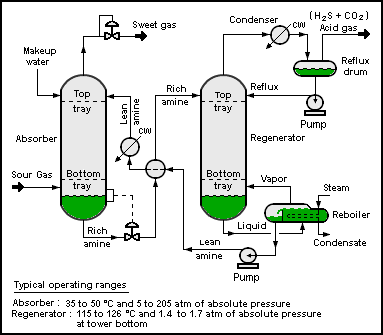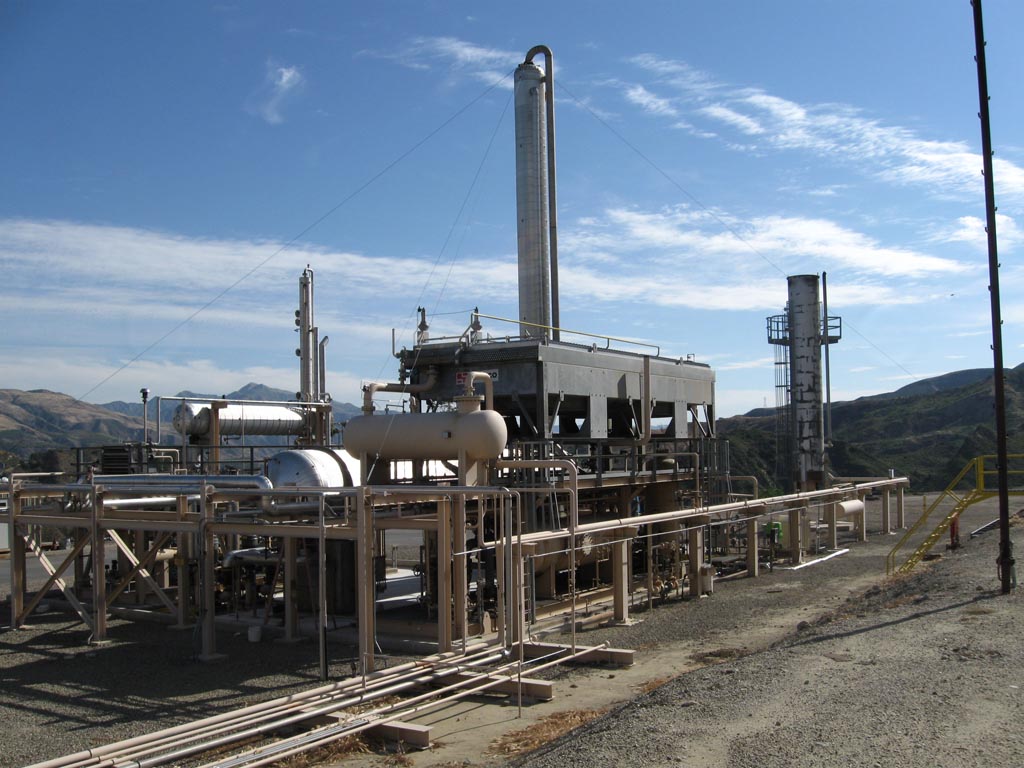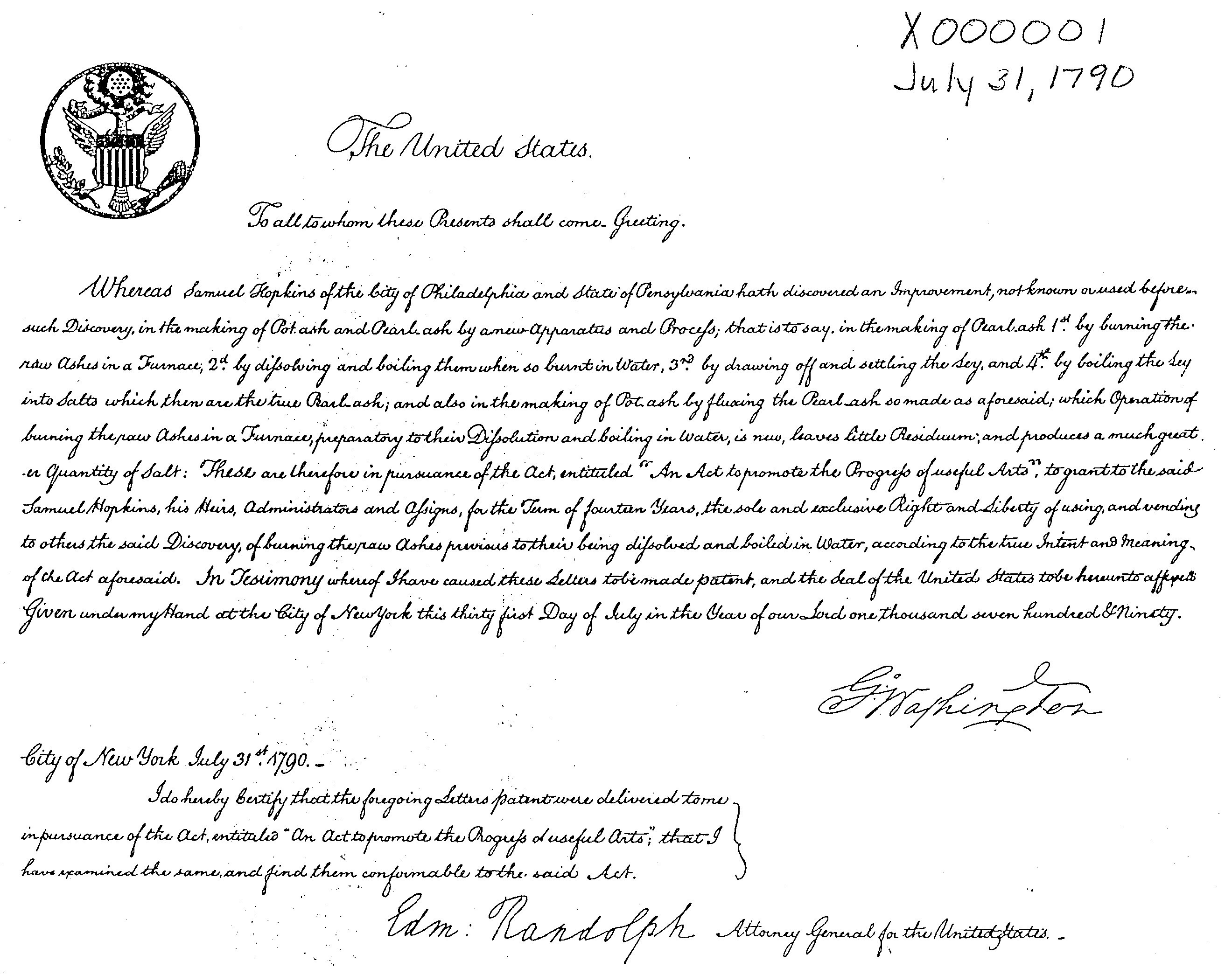|
Process Flow Diagram
A process flow diagram (PFD) is a diagram commonly used in chemical and process engineering to indicate the general flow of plant processes and equipment. The PFD displays the relationship between ''major'' equipment of a plant facility and does not show minor details such as piping details and designations. Another commonly used term for a PFD is ''process'' ''flowsheet''. It is the key document in process design. Typical content of a process flow diagram Typically, process flow diagrams of a single unit process include the following: * Process piping * Major equipment items *Connections with other systems * Major bypass and recirculation (recycle) streams * Operational data (temperature, pressure, mass flow rate, density, etc.), often by stream references to a mass balance * Process stream names Process flow diagrams generally do not include: * Pipe classes or piping line numbers * Instrumentation details * Minor bypass lines * Instrumentation * Controllers like Level Con ... [...More Info...] [...Related Items...] OR: [Wikipedia] [Google] [Baidu] |
Chemical Engineering
Chemical engineering is an engineering field which deals with the study of the operation and design of chemical plants as well as methods of improving production. Chemical engineers develop economical commercial processes to convert raw materials into useful products. Chemical engineering uses principles of chemistry, physics, mathematics, biology, and economics to efficiently use, produce, design, transport and transform energy and materials. The work of chemical engineers can range from the utilization of nanotechnology and nanomaterials in the laboratory to large-scale industrial processes that convert chemicals, raw materials, living cells, microorganisms, and energy into useful forms and products. Chemical engineers are involved in many aspects of plant design and operation, including safety and hazard assessments, process engineering, process design and analysis, modeling and simulation, modeling, control engineering, chemical reaction engineering, nuclear engineering, biologi ... [...More Info...] [...Related Items...] OR: [Wikipedia] [Google] [Baidu] |
Amine Treating
Amine gas treating, also known as amine scrubbing, gas sweetening and acid gas removal, refers to a group of processes that use aqueous solutions of various alkylamines (commonly referred to simply as amines) to remove hydrogen sulfide (H2S) and carbon dioxide (CO2) from gases. It is a common unit process used in refineries, and is also used in petrochemical plants, natural gas processing plants and other industries. Processes within oil refineries or chemical processing plants that remove Hydrogen Sulfide are referred to as "sweetening" processes because the odor of the processed products is improved by the absence of "sour" hydrogen sulfide. An alternative to the use of amines involves membrane technology. However, membrane separation is less attractive due to the relatively high capital and operating costs as well as other technical factors. Many different amines are used in gas treating: * Diethanolamine (DEA) * Monoethanolamine (MEA) * Methyldiethanolamine (MDEA) * Dii ... [...More Info...] [...Related Items...] OR: [Wikipedia] [Google] [Baidu] |
Chemical Process Engineering
A chemical substance is a unique form of matter with constant chemical composition and characteristic properties. Chemical substances may take the form of a single element or chemical compounds. If two or more chemical substances can be combined without reacting, they may form a chemical mixture. If a mixture is separated to isolate one chemical substance to a desired degree, the resulting substance is said to be chemically pure. Chemical substances can exist in several different physical states or phases (e.g. solids, liquids, gases, or plasma) without changing their chemical composition. Substances transition between these phases of matter in response to changes in temperature or pressure. Some chemical substances can be combined or converted into new substances by means of chemical reactions. Chemicals that do not possess this ability are said to be inert. Pure water is an example of a chemical substance, with a constant composition of two hydrogen atoms bonded to a s ... [...More Info...] [...Related Items...] OR: [Wikipedia] [Google] [Baidu] |
Shit Flow Diagram
A shit flow diagram, also known as an SFD or excreta flow diagram, is a tool used to visually depict the management of human waste within urban sanitation, sanitation systems. It distinguishes between safely and unsafely managed human excreta through color-coded arrows, providing insights into areas needing sanitation improvements. Initially developed through international collaboration, SFDs are commonly employed in urban sanitation planning and policy formulation, especially in low- and middle-income countries. Their creation involves data collection, stakeholder engagement, and systematic analysis. While SFDs offer valuable visual representations, their accuracy can be limited by data reliability issues and technical constraints, which ongoing methodological developments aim to address. Description A shit flow diagram visually represents the flow of human excreta through various stages of the Sanitation, sanitation chain in urban areas, highlighting safe versus unsafe manag ... [...More Info...] [...Related Items...] OR: [Wikipedia] [Google] [Baidu] |
Symbolic Language (engineering)
In engineering, a symbolic language is a language that uses standard symbols, marks, and abbreviations to represent concepts such as entities, aspects, attributes, and relationships. Engineering symbolic language may be used for the specification, design, implementation, management, operation, and execution of engineered systems. Communication using precise, concise representations of concepts is critical in engineering. The Nuclear Principles in Engineering book begins with a quote on symbolic language from Erich Fromm and its power to express and depict associations. The engineering employs symbolic language in a way that is not purely text-based and not purely image-based to represent and communicate knowledge. Examples in chemical engineering include the symbolic languages developed for process flow diagrams and for piping and instrumentation diagrams (P&IDs). In electrical engineering, examples include the symbolic languages developed for network diagrams used in com ... [...More Info...] [...Related Items...] OR: [Wikipedia] [Google] [Baidu] |
Piping And Instrumentation Diagram
A Piping and Instrumentation Diagram (P&ID) is a detailed diagram in the process industry which shows process equipment together with the instrumentation and control devices. It is also called as mechanical flow diagram (MFD). Superordinate to the P&ID is the process flow diagram (PFD) which indicates the more general flow of plant processes and the relationship between major equipment of a plant facility. Contents and function A piping and instrumentation diagram (P&ID) is defined as follows: # A diagram which shows the interconnection of process equipment and the instrumentation used to control the process. In the process industry, a Symbolic language (engineering), standard set of symbols is used to prepare drawings of processes. The instrument symbols used in these drawings are generally based on International Society of Automation (ISA) Standard S5.1 # The primary schematic drawing used for laying out a process control installation. They usually contain the following inf ... [...More Info...] [...Related Items...] OR: [Wikipedia] [Google] [Baidu] |
Hazop
A hazard and operability study (HAZOP) is a structured and systematic examination of a complex system, usually a process facility, in order to identify hazards to personnel, equipment or the environment, as well as operability problems that could affect operations efficiency. It is the foremost hazard identification tool in the domain of process safety. The intention of performing a HAZOP is to review the design to pick up design and engineering issues that may otherwise not have been found. The technique is based on breaking the overall complex design of the process into a number of simpler sections called ''nodes'' which are then individually reviewed. It is carried out by a suitably experienced multi-disciplinary team during a series of meetings. The HAZOP technique is qualitative and aims to stimulate the imagination of participants to identify potential hazards and operability problems. Structure and direction are given to the review process by applying standardized guideword ... [...More Info...] [...Related Items...] OR: [Wikipedia] [Google] [Baidu] |
United States Patent And Trademark Office
The United States Patent and Trademark Office (USPTO) is an List of federal agencies in the United States, agency in the United States Department of Commerce, U.S. Department of Commerce that serves as the national patent office and trademark registration authority for the United States. The USPTO's headquarters are in Alexandria, Virginia, after a 2005 move from the Crystal City, Virginia, Crystal City area of neighboring Arlington County, Virginia, Arlington, Virginia. The USPTO is "unique among federal agencies because it operates solely on fees collected by its users, and not on taxpayer dollars". Its "operating structure is like a business in that it receives requests for services—applications for patents and trademark registrations—and charges fees projected to cover the cost of performing the services [it] provide[s]". The office is headed by the Under Secretary of Commerce for Intellectual Property, under secretary of commerce for intellectual property and directo ... [...More Info...] [...Related Items...] OR: [Wikipedia] [Google] [Baidu] |
ANSI
The American National Standards Institute (ANSI ) is a private nonprofit organization that oversees the development of voluntary consensus standards for products, services, processes, systems, and personnel in the United States. The organization also coordinates U.S. standards with international standards so that American products can be used worldwide. ANSI accredits standards that are developed by representatives of other standards organizations, government agencies, consumer groups, companies, and others. These standards ensure that the characteristics and performance of products are consistent, that people use the same definitions and terms, and that products are tested the same way. ANSI also accredits organizations that carry out product or personnel certification in accordance with requirements defined in international standards. The organization's headquarters are in Washington, D.C. ANSI's operations office is located in New York City. The ANSI annual operating ... [...More Info...] [...Related Items...] OR: [Wikipedia] [Google] [Baidu] |
International Organization For Standardization
The International Organization for Standardization (ISO ; ; ) is an independent, non-governmental, international standard development organization composed of representatives from the national standards organizations of member countries. Membership requirements are given in Article 3 of the ISO Statutes. ISO was founded on 23 February 1947, and () it has published over 25,000 international standards covering almost all aspects of technology and manufacturing. It has over 800 technical committees (TCs) and subcommittees (SCs) to take care of standards development. The organization develops and publishes international standards in technical and nontechnical fields, including everything from manufactured products and technology to food safety, transport, IT, agriculture, and healthcare. More specialized topics like electrical and electronic engineering are instead handled by the International Electrotechnical Commission.Editors of Encyclopedia Britannica. 3 June 2021.Inte ... [...More Info...] [...Related Items...] OR: [Wikipedia] [Google] [Baidu] |
List Of Chemical Process Simulators
This is a list of software used to simulate the material and energy balances of chemical process plants. Applications for this include design studies, engineering studies, design audits, debottlenecking studies, control system check-out, process simulation, dynamic simulation, operator training simulators, pipeline management systems, production management systems, digital twins. See also * Chemical engineering * Process simulation * Process engineering Process engineering is a field of study focused on the development and optimization of industrial processes. It consists of the understanding and application of the fundamental principles and laws of nature to allow humans to transform raw mate ... References * Seader, J.D., Seider, W.D. and Pauls, A.C.: Flowtran Simulation – An Introduction, 2nd Edition, CACHE (1977). * Douglas, J.M.: Conceptual Design of Chemical Processes, McGraw-Hill, NY, USA (1988). * Smith, R., Chemical process Design and Integration, Wiley, C ... [...More Info...] [...Related Items...] OR: [Wikipedia] [Google] [Baidu] |







